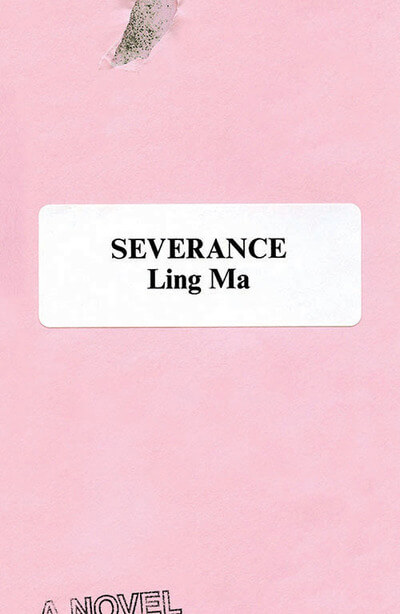I have always been intrigued by the history of buildings, whether I’m wandering around Blenheim Palace in England or the Tenement Museum in New York City. During an apartment hunt a couple of years ago, I was brought to the Barbizon 63 condo on Manhattan’s Upper East Side, formerly known as the Barbizon Hotel for Women.
Built in 1927, the Barbizon stands out among its neighbors, a 23-story tower of salmon-colored brick studded with Gothic and Moorish architectural elements. It housed thousands of women, including several icons-in-the-making like Grace Kelly, Joan Crawford, Joan Didion, Eudora Welty and Sylvia Plath.
Potential guests were required to provide three character references and, once registered, obey the hotel’s strict dress codes and rules. The contradiction between establishing one’s independence while being treated like a child seemed to capture the paradoxical message of that time period: You can pretend to be a career girl for now, as long as you settle down and have a family once Prince Charming puts a ring on it.
I’d seen photos of the hotel before the renovation, and the change was striking. What had been a virtual beehive of small rooms off dark hallways was transformed in 2005 into sleek apartments with rosewood floors and marble bathrooms. When the broker mentioned that a dozen or so longtime residents had been “grandfathered” into the building after it went condo and were sequestered in rental units on the fourth floor, I couldn’t help but wonder how they viewed the changes that had been made to the building—and the equally dramatic transformation of their city—after so many decades in residence. What a perfect setup for a novel.
As a journalist, I love crafting a story from research and interviews, and when I decided to write the book I approached the project in the same way. In addition to reading everything I could get my hands on about the hotel and that era, I interviewed several women who lived in the Barbizon during the 1950s and ’60s. I looked through women’s magazines from the early ’50s and scoured old issues of the New York Times to get a sense of what day-to-day life was like back then.
The more I researched, the more pressing it became to provide a glimpse into the way women were expected to live and behave in the early ’50s, and show just how hard it was to break out of that mold. For example, one women’s magazine from 1951 suggested that women stick to part-time jobs so as not to interfere with the “satisfactions of housekeeping.” Another dictated that a woman dining out with a man should never speak directly to the waiter. Talk about being voiceless!
Since the conversation regarding women’s roles continues even today, I included parallel timelines in the book: Darby shows up at the Barbizon Hotel in 1952, eager to do well at secretarial school and never marry. Rose, who moves into the condo of today, finds herself in a prickly situation with her boyfriend. In The Dollhouse, two very different generations of women challenge each other to stand up and be counted.
The book is definitely a love letter to New York City, my home for the past 30 years, and the city played a large role in my research. A visit to Lior Lev Sercarz’s legendary spice shop in midtown, La Boîte, gave me the idea for developing one character’s passion for blending spices. When I decided to include a downtown jazz club as a setting, I signed up for a class on bebop at Jazz at Lincoln Center’s Swing University, taught by the brilliant trombonist Vincent Gardner. It seemed that inspiration was everywhere.
The Barbizon Hotel holds a special place in the hearts of the women who stayed there, as a refuge where they launched successful careers and declared their independence. Every time I pass by, I look up and marvel at the beauty of the building and feel the same thrill I did a few years ago, when I first realized there was a novel within its walls waiting to be told. The cycle of inspiration continues.
Fiona Davis worked as a stage actress for nearly 10 years before becoming a freelance journalist and writer. A graduate of the Columbia University Graduate School of Journalism, she now lives in New York City. The Dollhouse, her first novel, is the story of a 21st-century journalist who uncovers a 50-year-old mystery in the Barbizon Hotel for Women.
ALSO IN BOOKPAGE: Read a review of The Dollhouse.
This article was originally published in the September 2016 issue of BookPage. Download the entire issue for the Kindle or Nook.



























